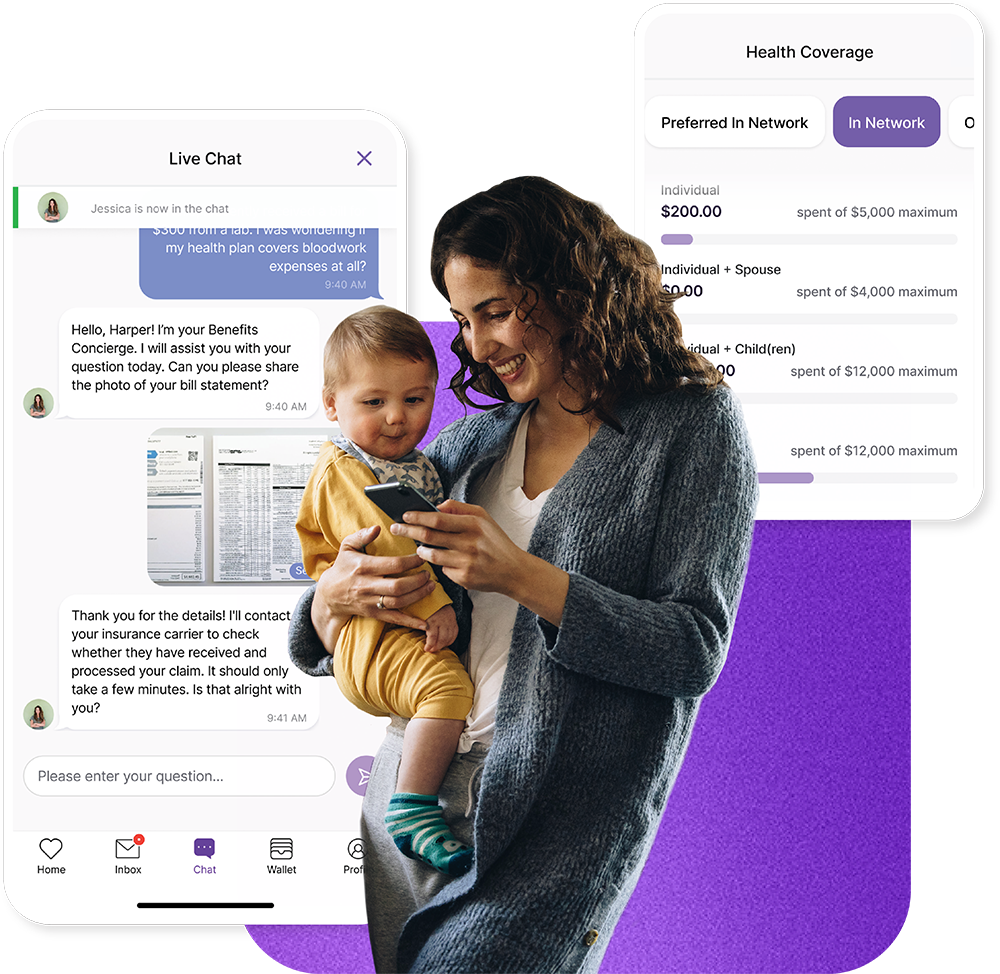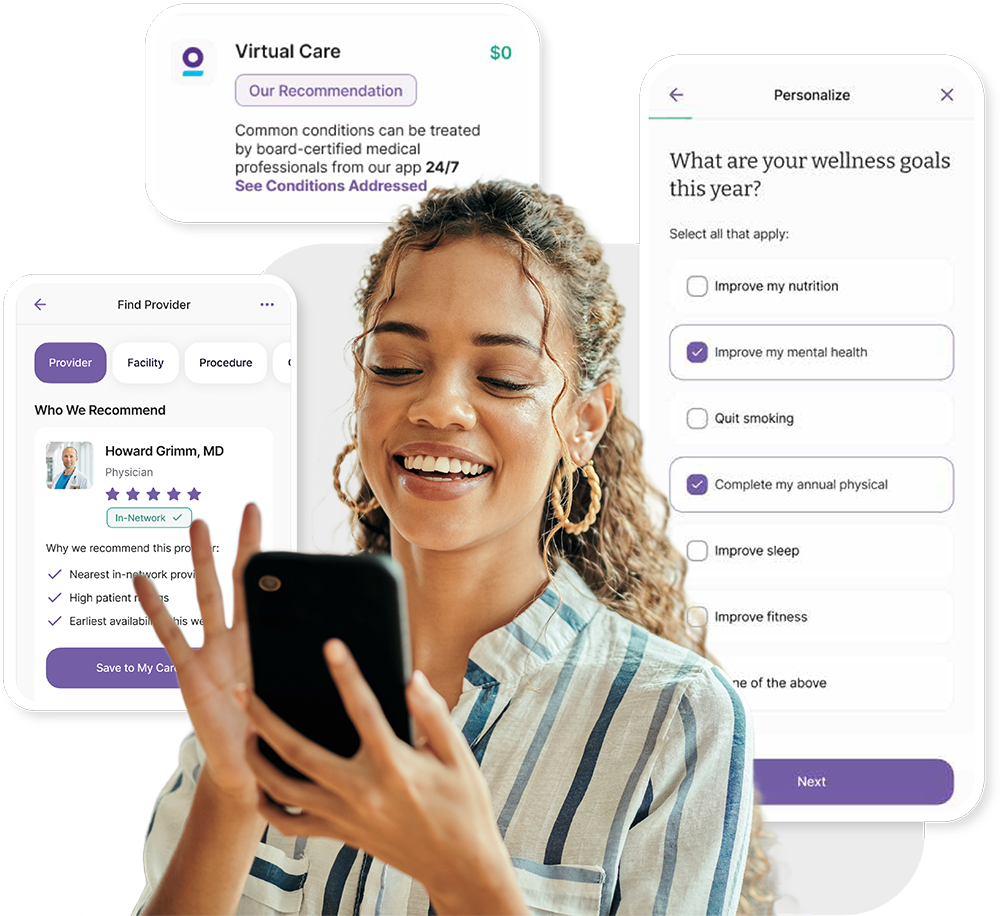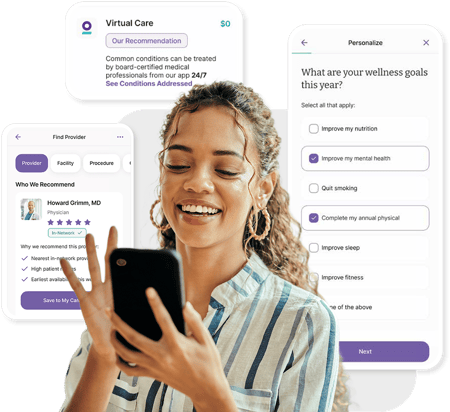Why HealthJoy?
21%
Lower Spend for High-Cost Claimants
Tackle Current and Future Healthcare Costs
Take a broad, proactive approach to cost-containment-focusing on both cost reduction and cost avoidance.
LEARN HOW 
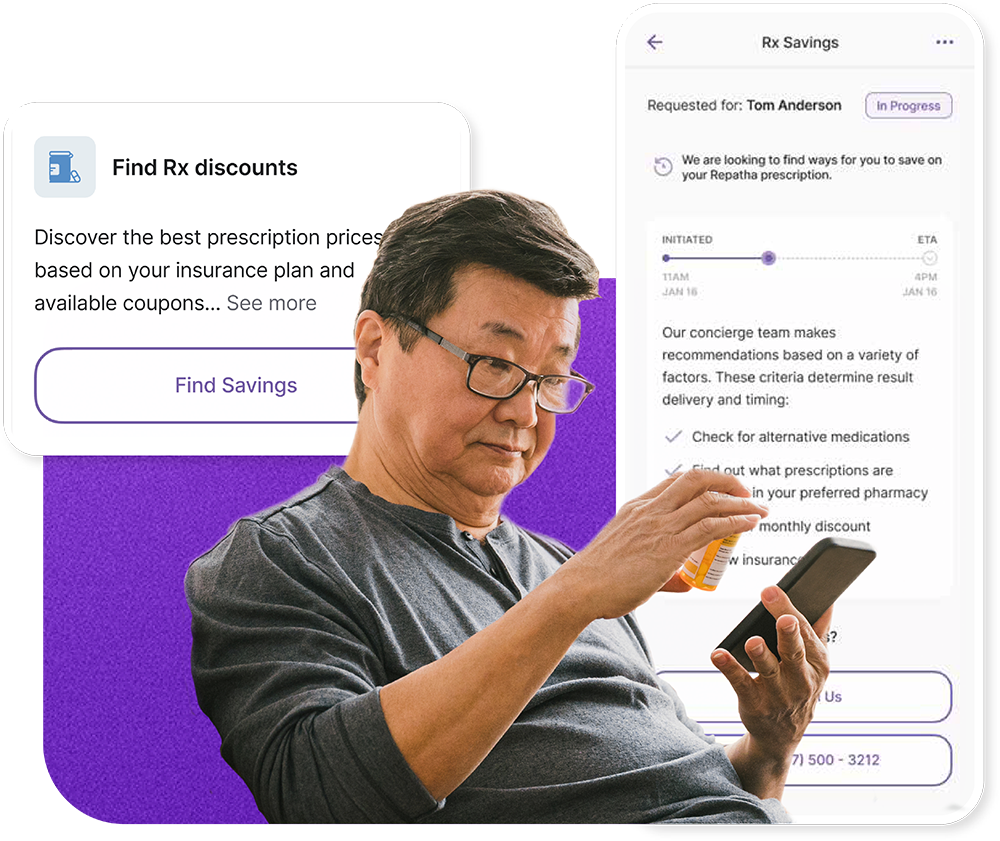
2-3x
Increase in Point Solution Utilization
Adapt to Employees Wants and Needs
Keep employees actively engaged in their health by connecting them to relevant care programs based on their wants and needs.
LEARN HOW 
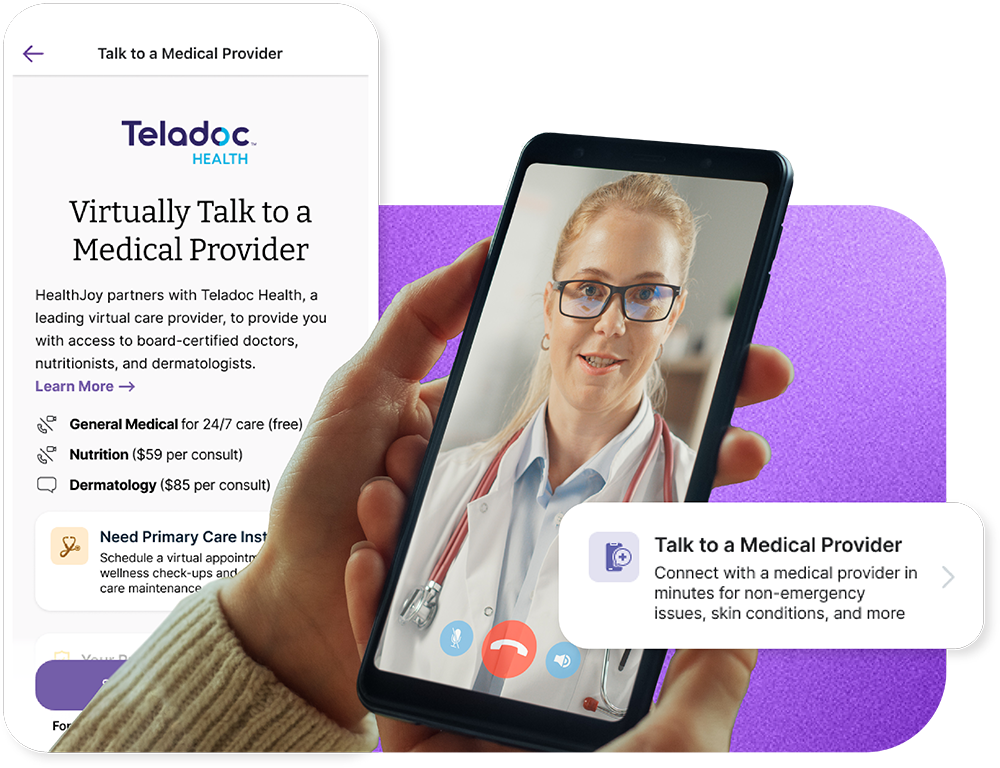
142
Hours Saved for HR Teams Annually Per 100 Employees
Bundle an Unbundled Benefits Strategy
Overcome point solution fatigue by making all benefits — regardless of vendor — feel like a single experience.
SEE HOW 
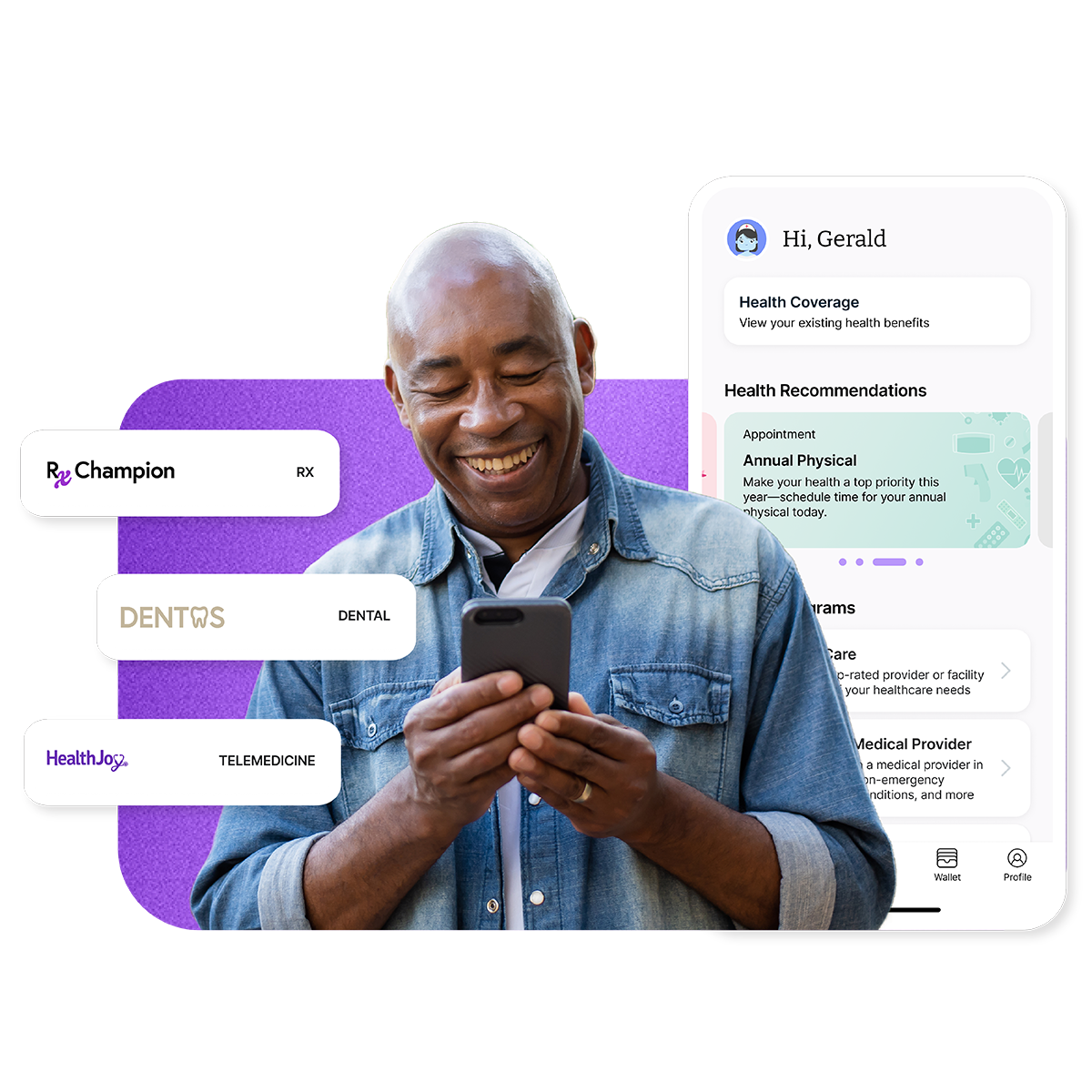
Boost Benefits Satisfaction and Savings
Loved by Employees. Championed by HR. Approved by CFOs.
0%
Average Member Satisfaction Score
0
App Rating
+0
Employee Reviews... and Counting
Employee User
"Amazed and grateful they've made healthcare so easy."
Director of HR
"We've reduced our claims and overall healthcare spend– returning the savings to employees."
Benefits Consultant
"Incredibly powerful technology yet such a simple user experience - saving people time and money on their healthcare."
Over 1300+ companies enjoy cost savings and a
better healthcare benefits experience thanks to HealthJoy


Ready to get started?
HealthJoy brings benefit strategies to life to transform healthcare outcomes for all. See how HealthJoy supercharges savings and care experiences.
Schedule a Demo Today 
